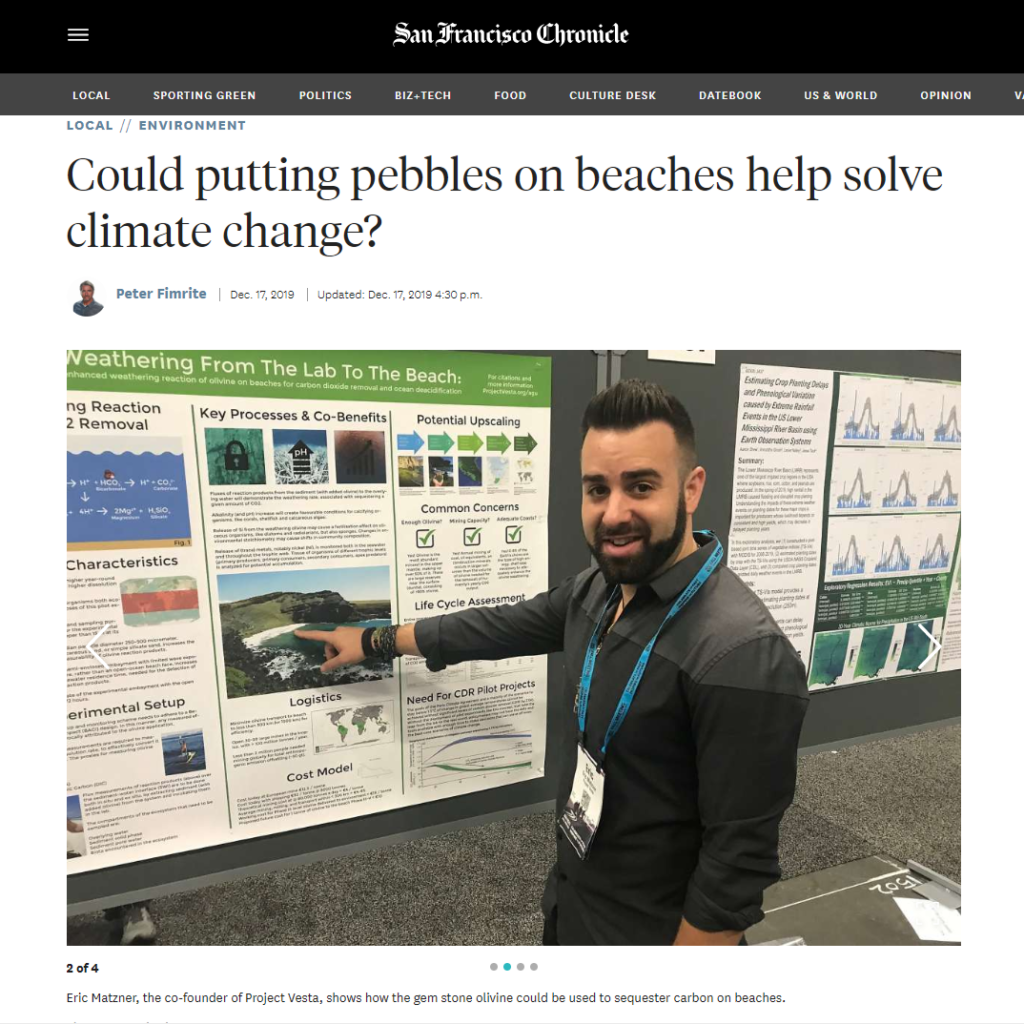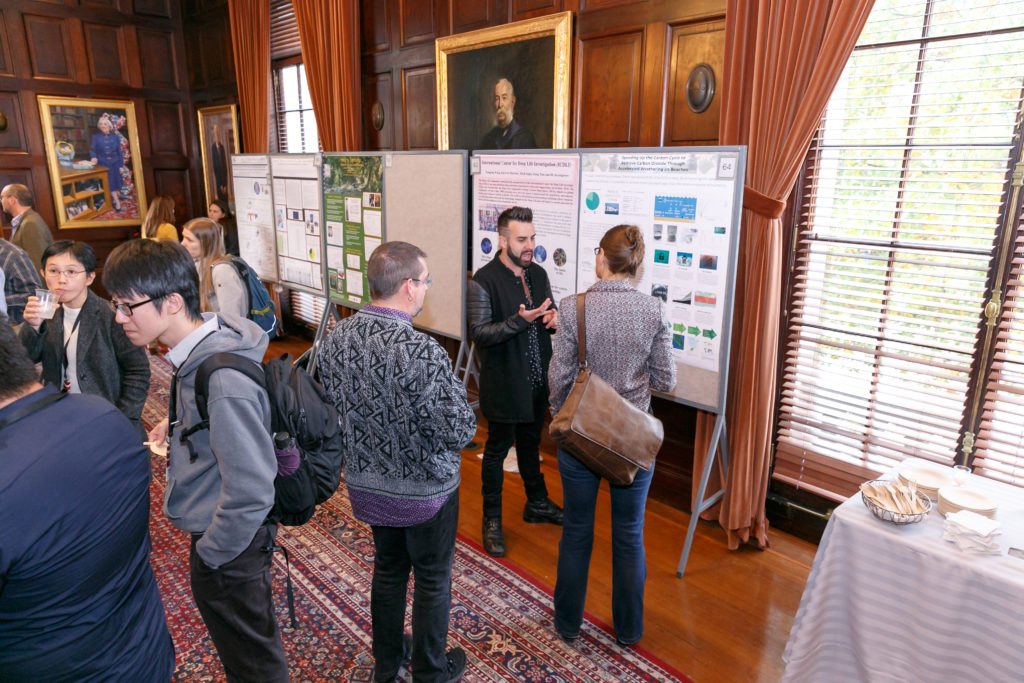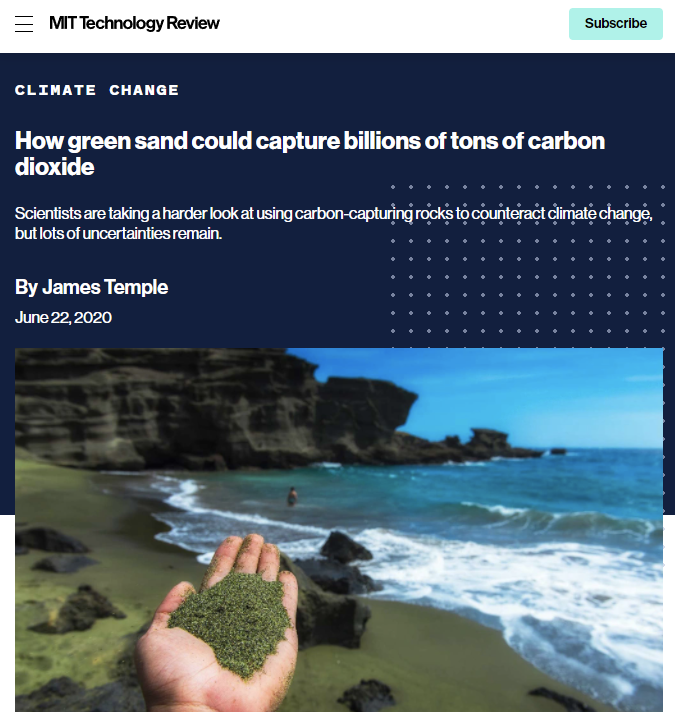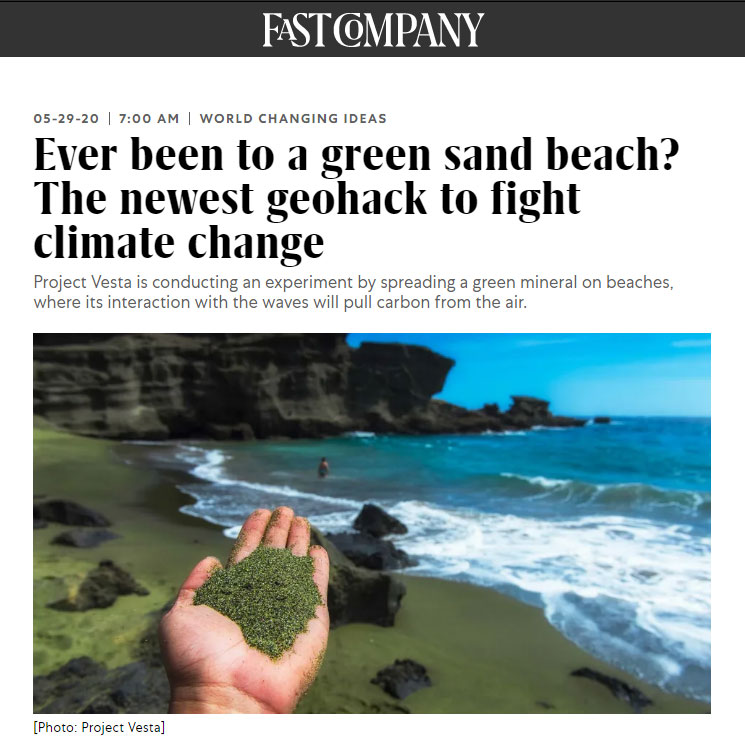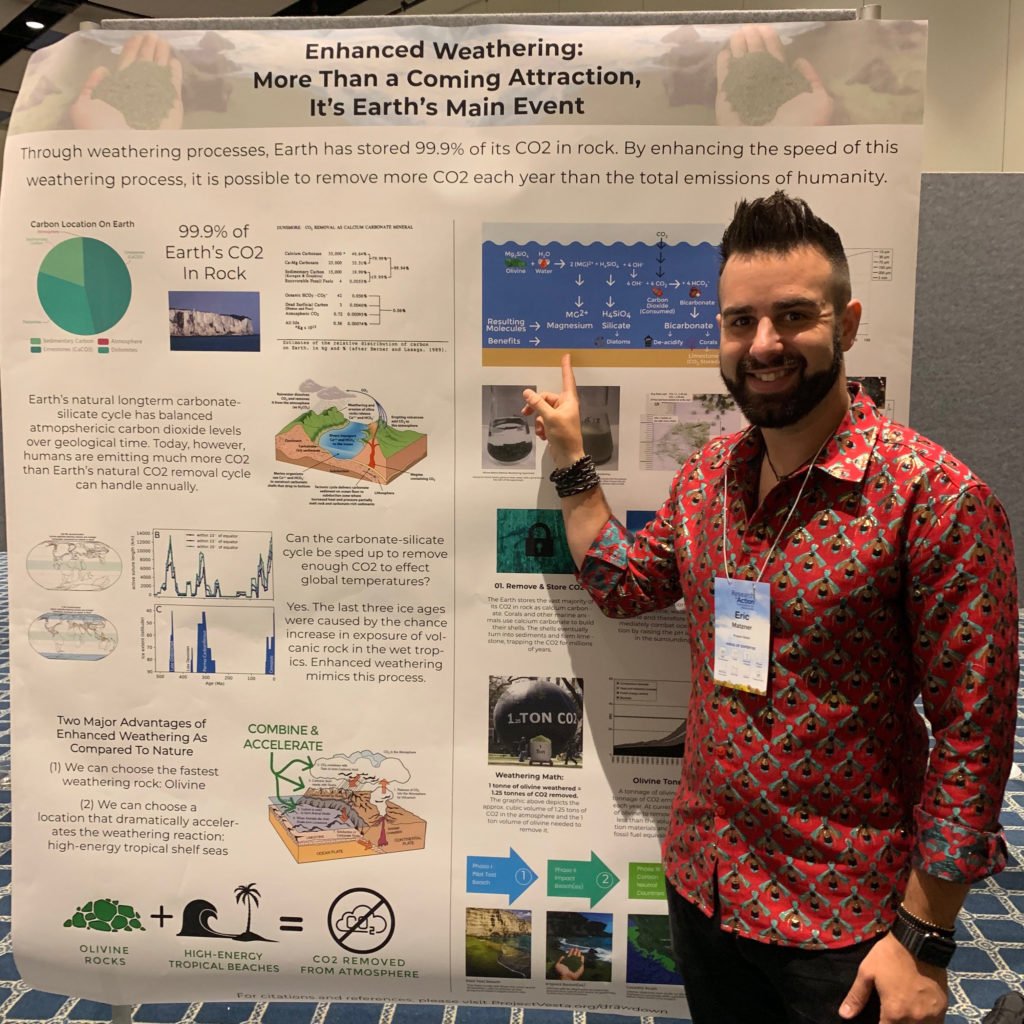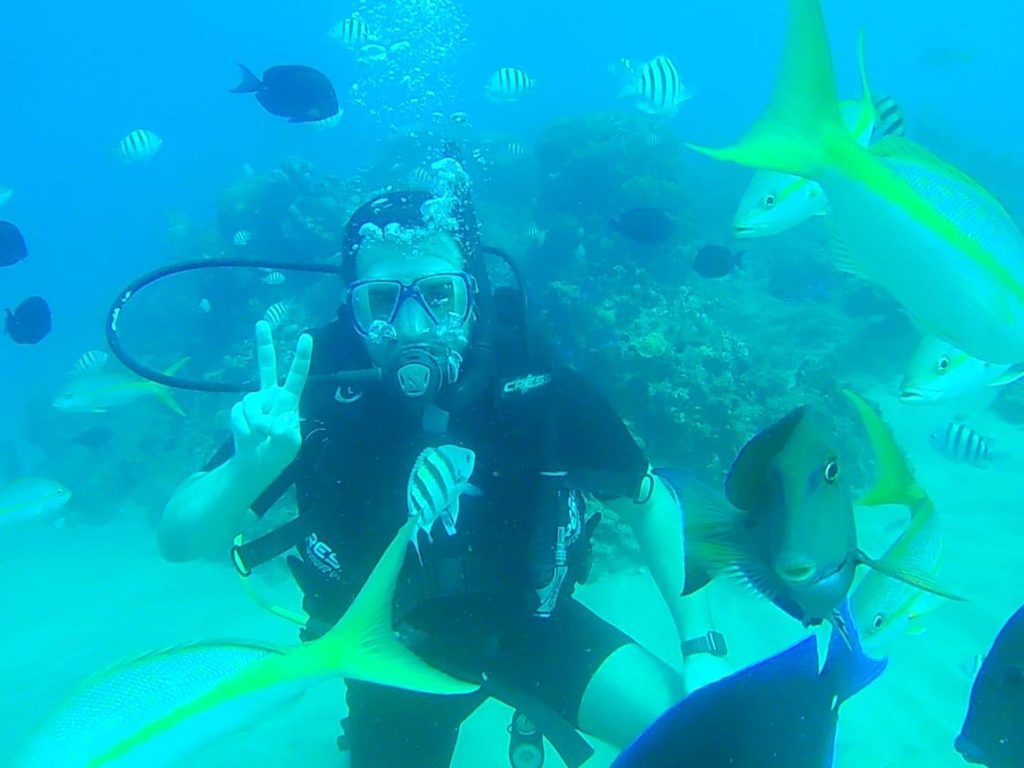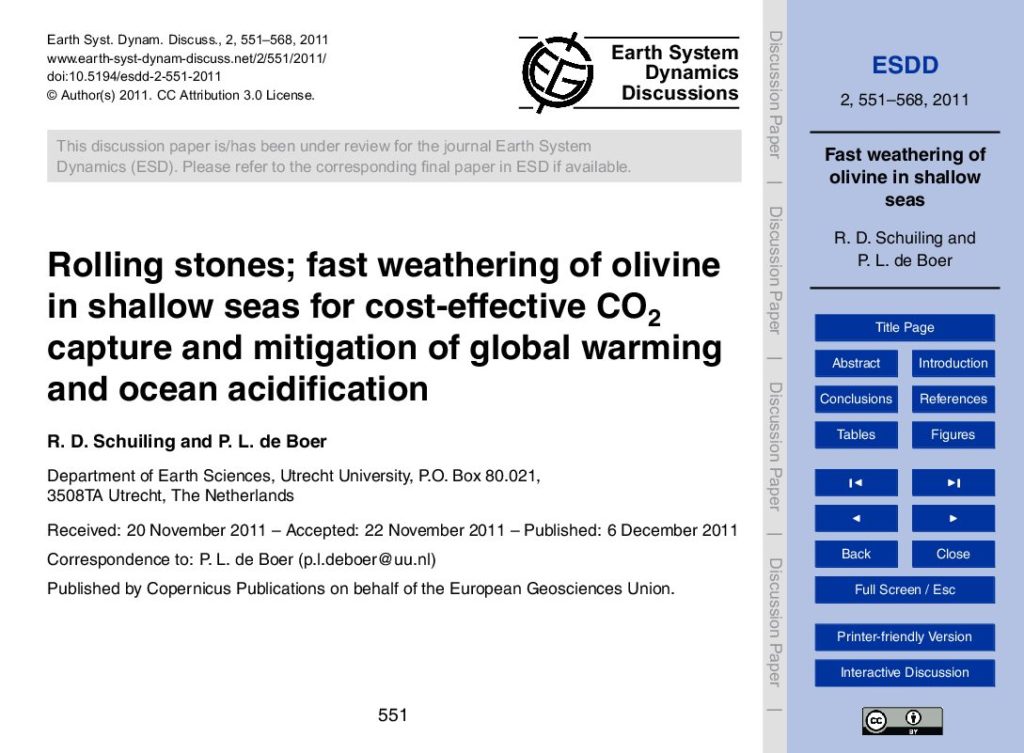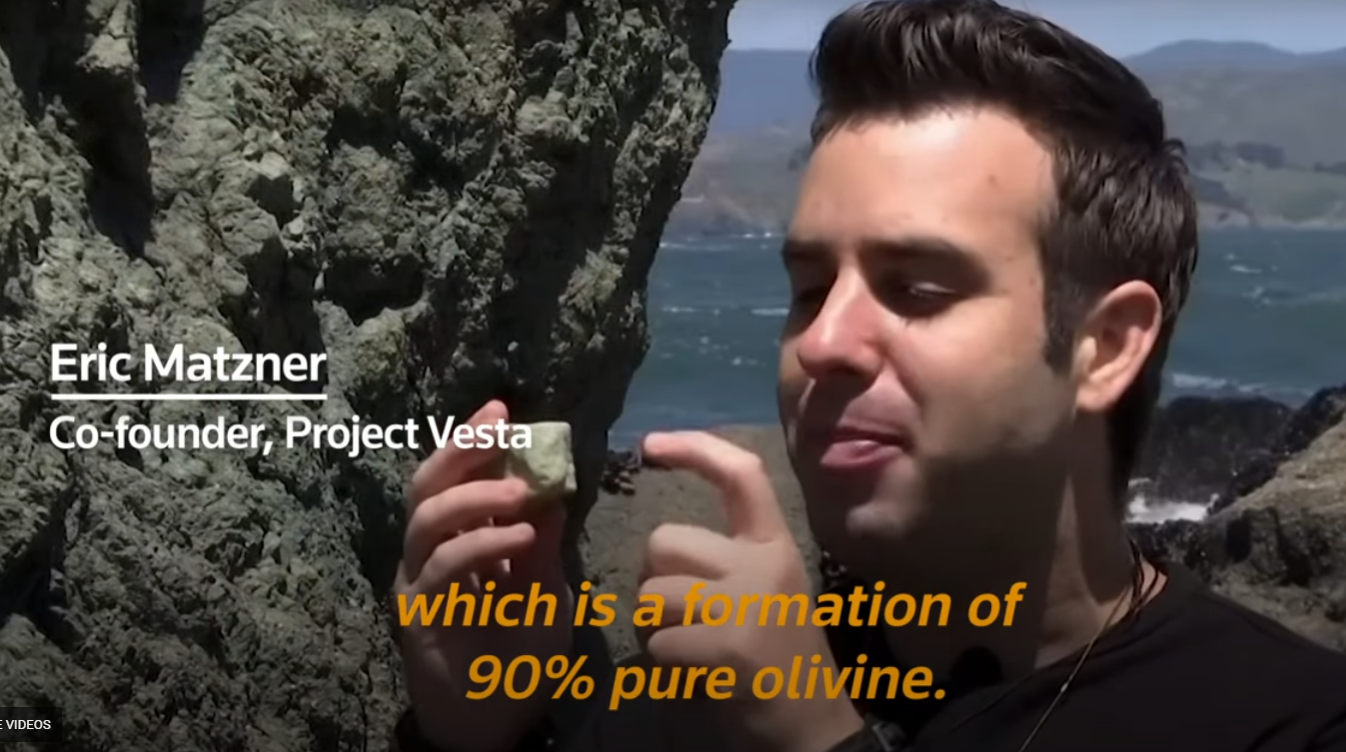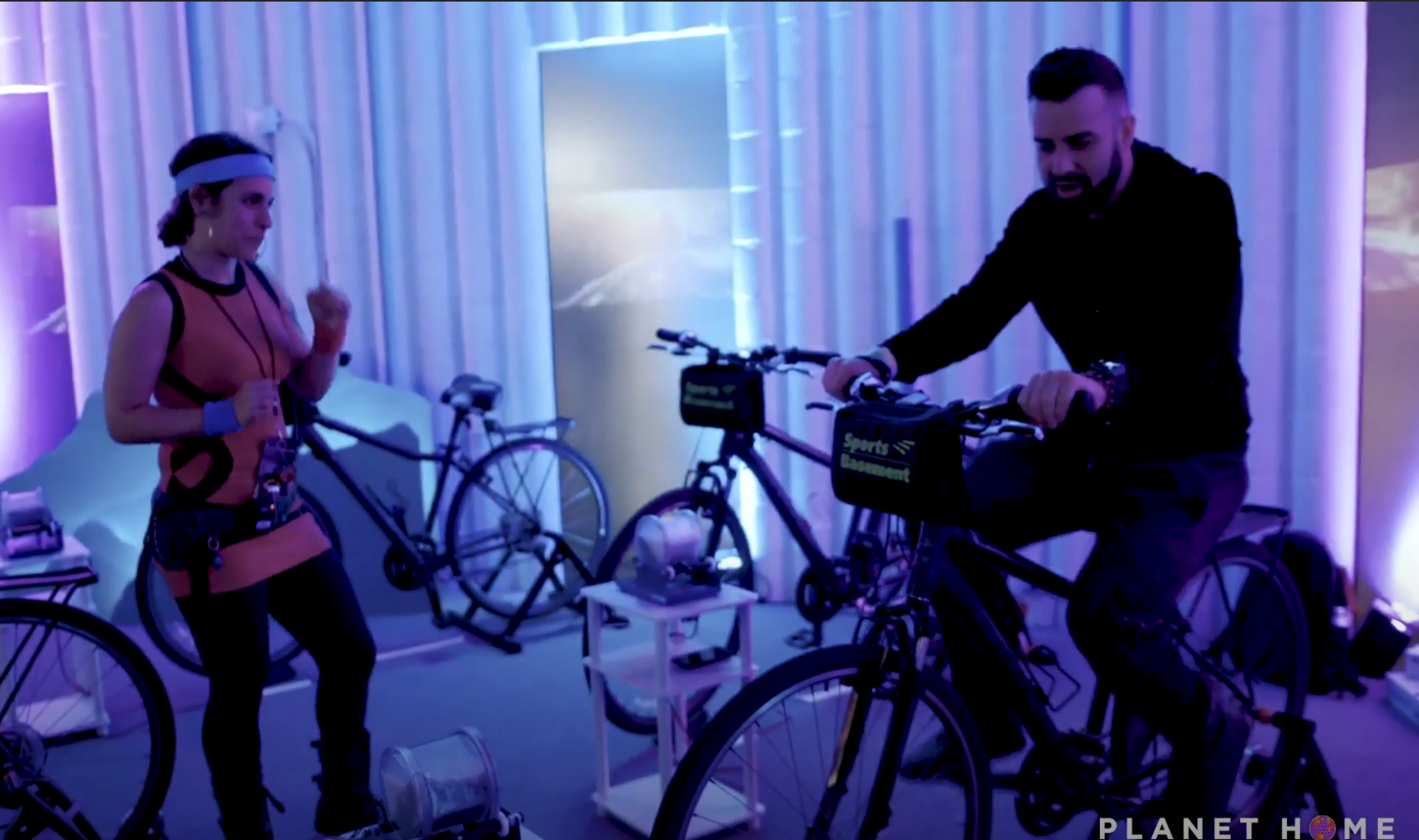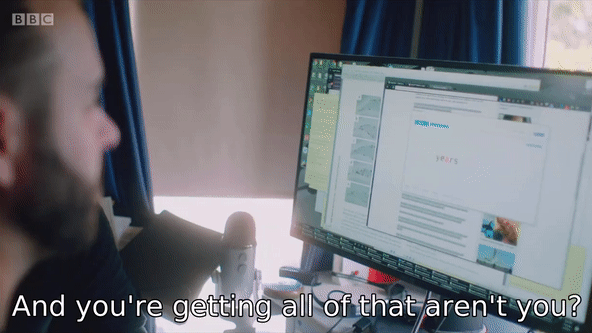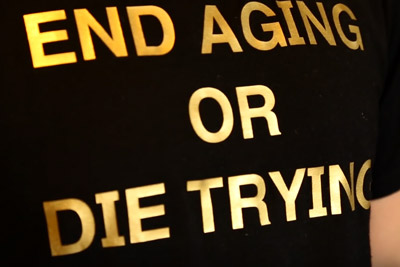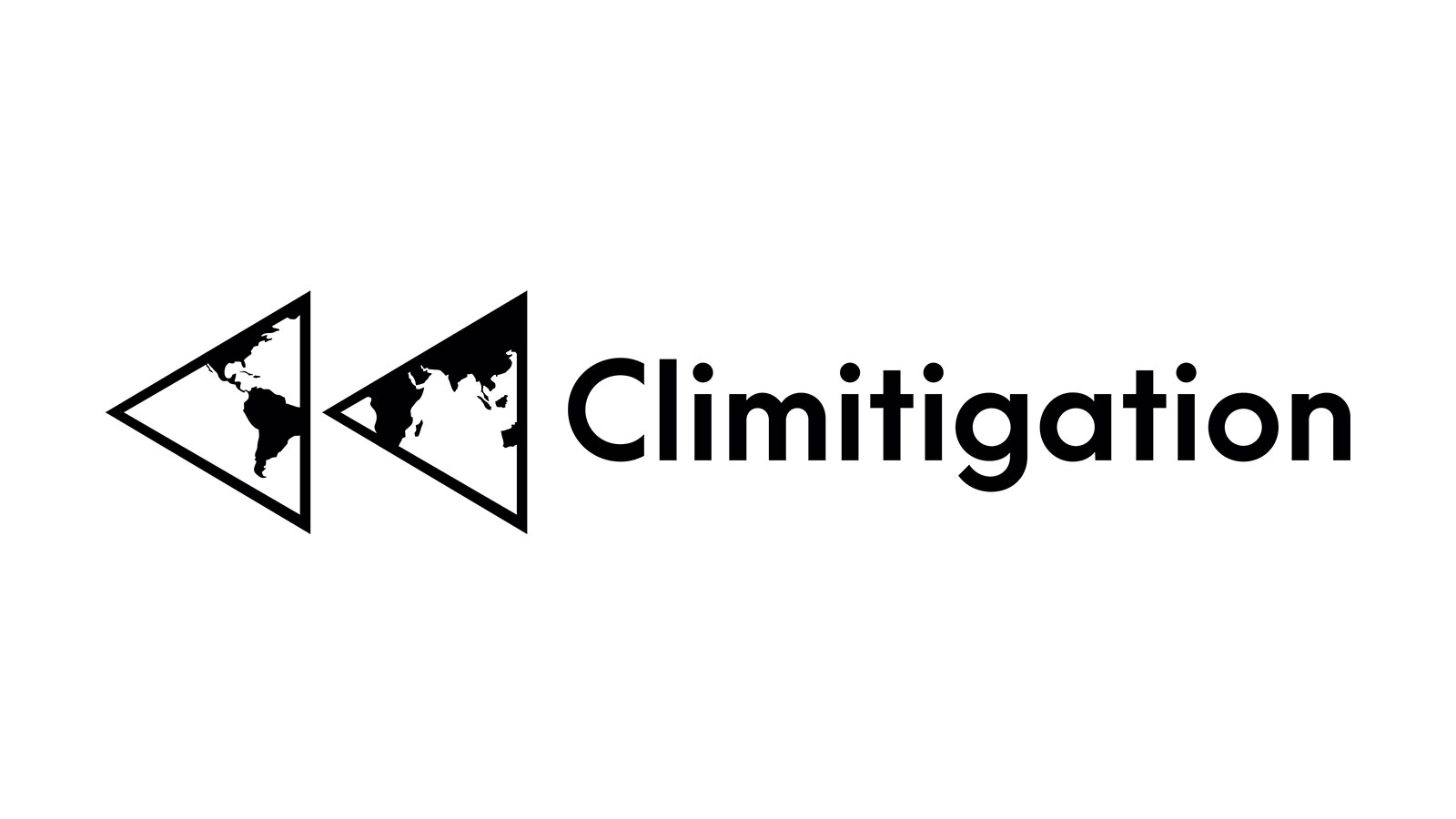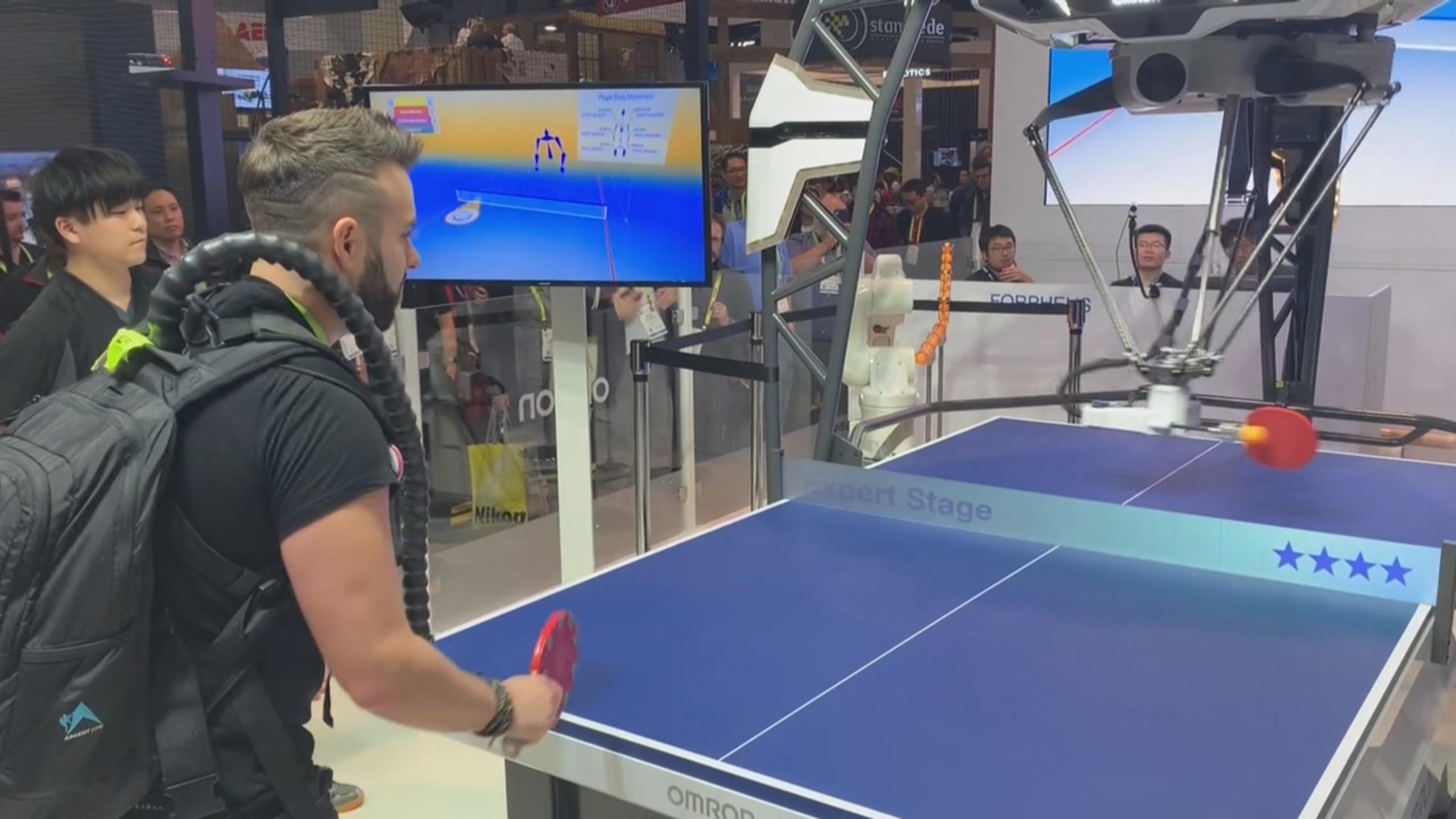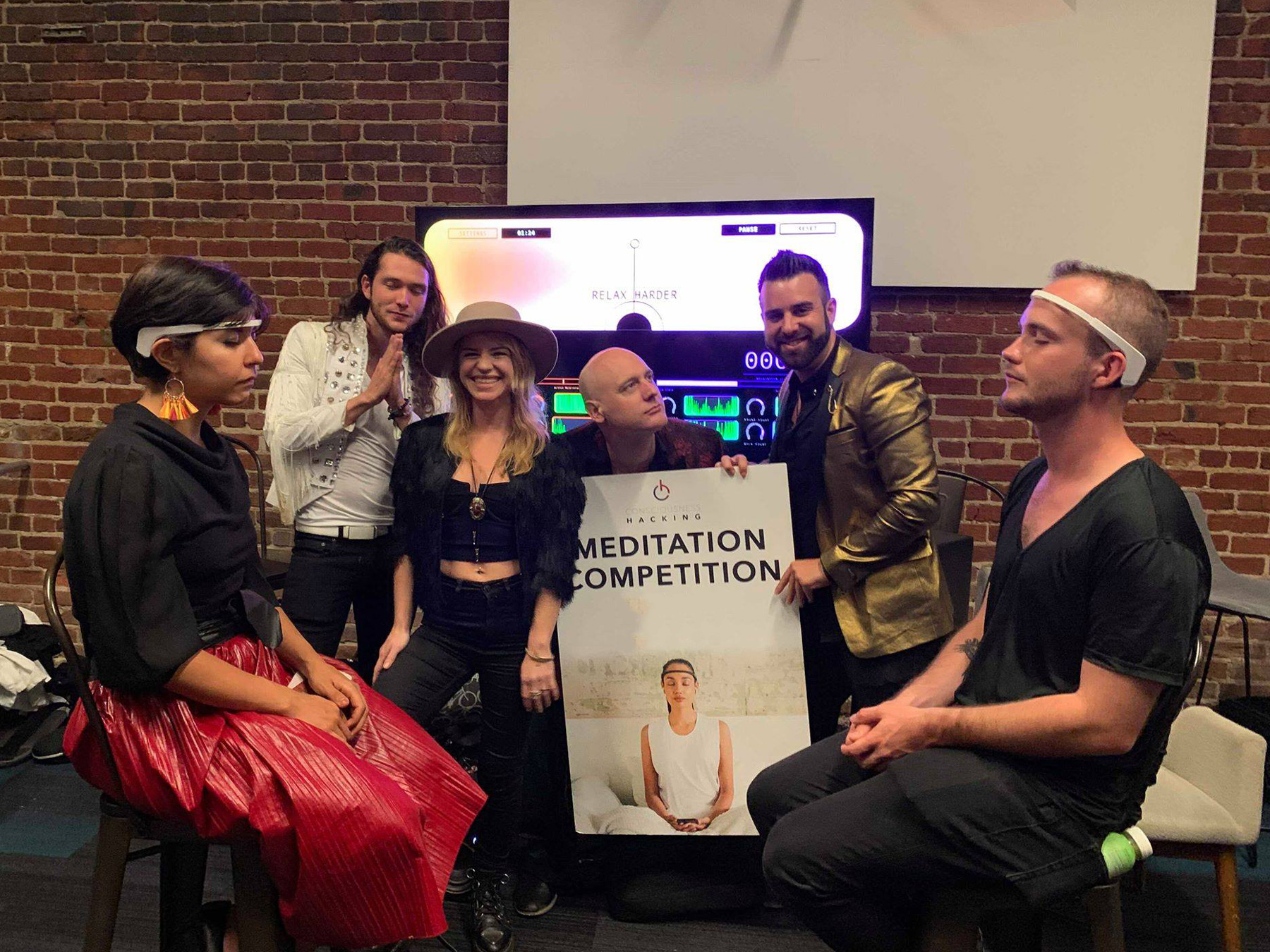Eric takes a hands-on approach to try and bring forward a better future for humanity. He works at the edges of science to accelerate the development and implementation of the technologies needed to solve the world’s most pressing problems.
For the last 5 years, Eric has focused on helping humanity deploy carbon dioxide removal (CDR) technologies that can scale to the gigatonnes per year of CDR required to prevent catastrophic climate change. In mid-2021, Eric Co-Founded Metalplant, a company that uses plants to mine nickel in a sustainable way, while removing carbon dioxide through weathering of rocks, enabling the green transition while fighting climate change.
Metalplant’s patent-pending technique offers one of the few known methods that has the potential to profitably remove carbon, which is through the co-product of the high-value co-production of nickel from plants, a process known as phytomining. Though today the process relies on carbon removal revenue and financing to make the business viable, with shared costs and processes, Metalplant hopes to harnesses the megatonne per year demands for nickel to drive gigatonne scale carbon removal.
Eric continues his CDR and climate activism through his think tank Climitigation, from which Eric previously founded and spun out the coastal enhanced weathering CDR non-profit, Project Vesta. Prior to working in the climate space, Eric worked as an advocate for increasing human life span and enhancing the human mind through his company Nootroo.


